Day One
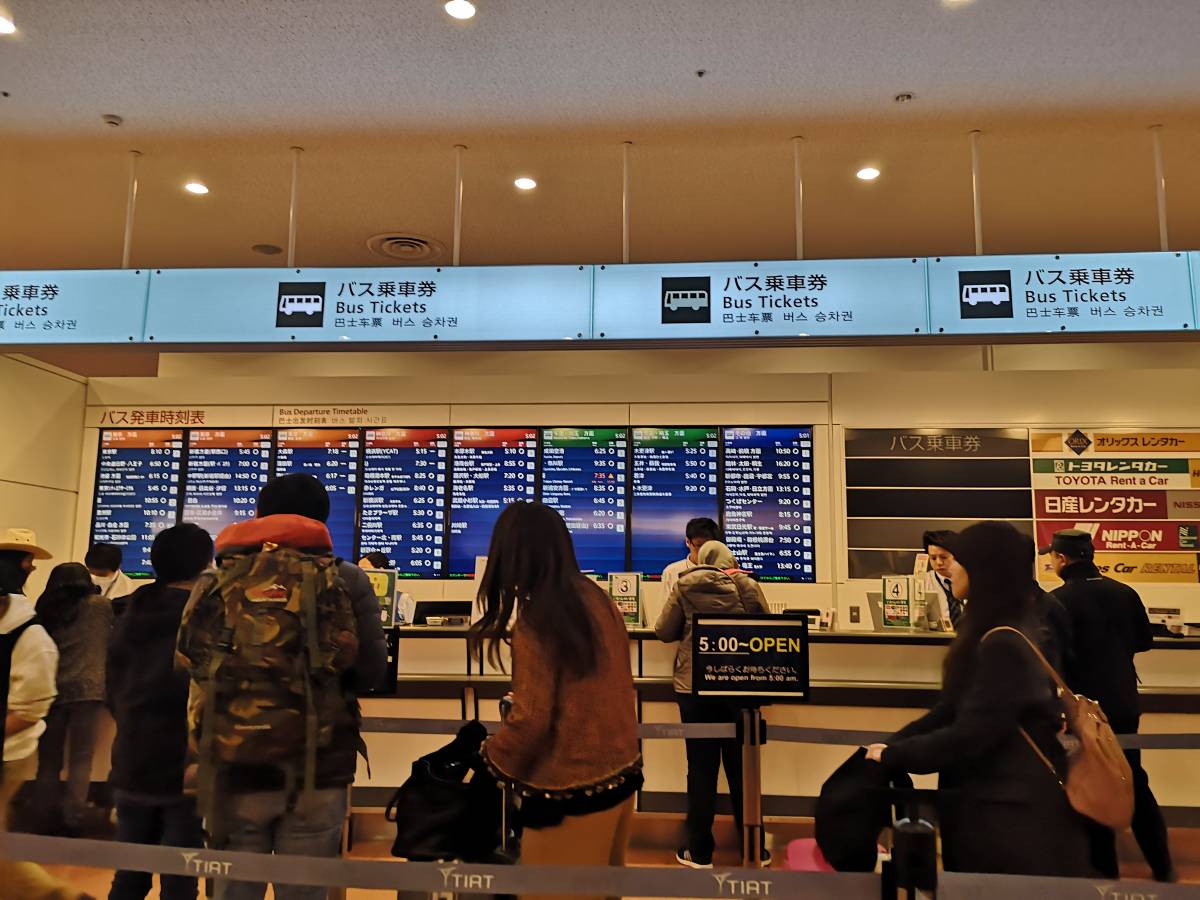
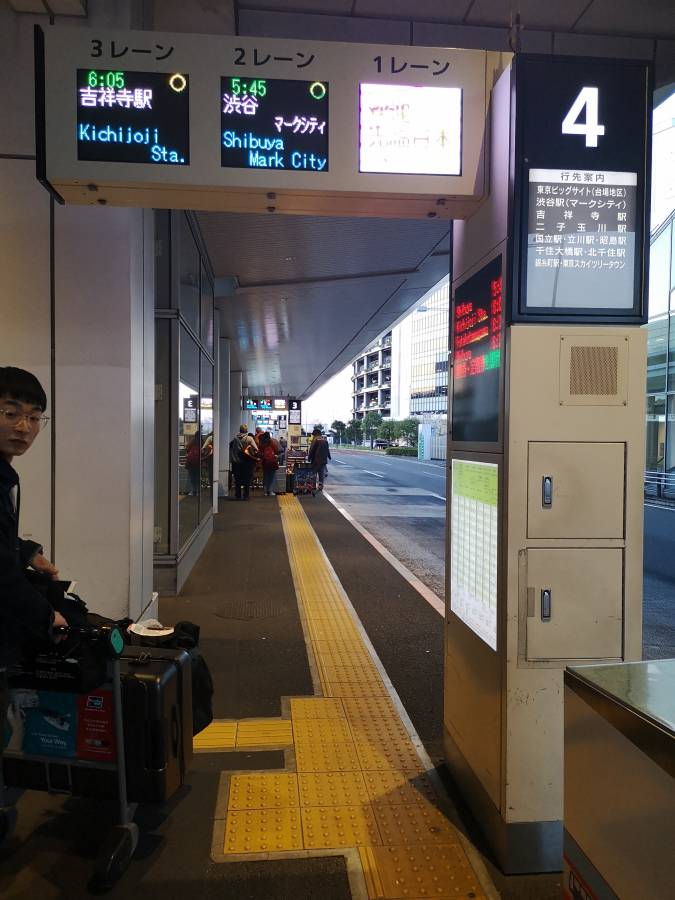
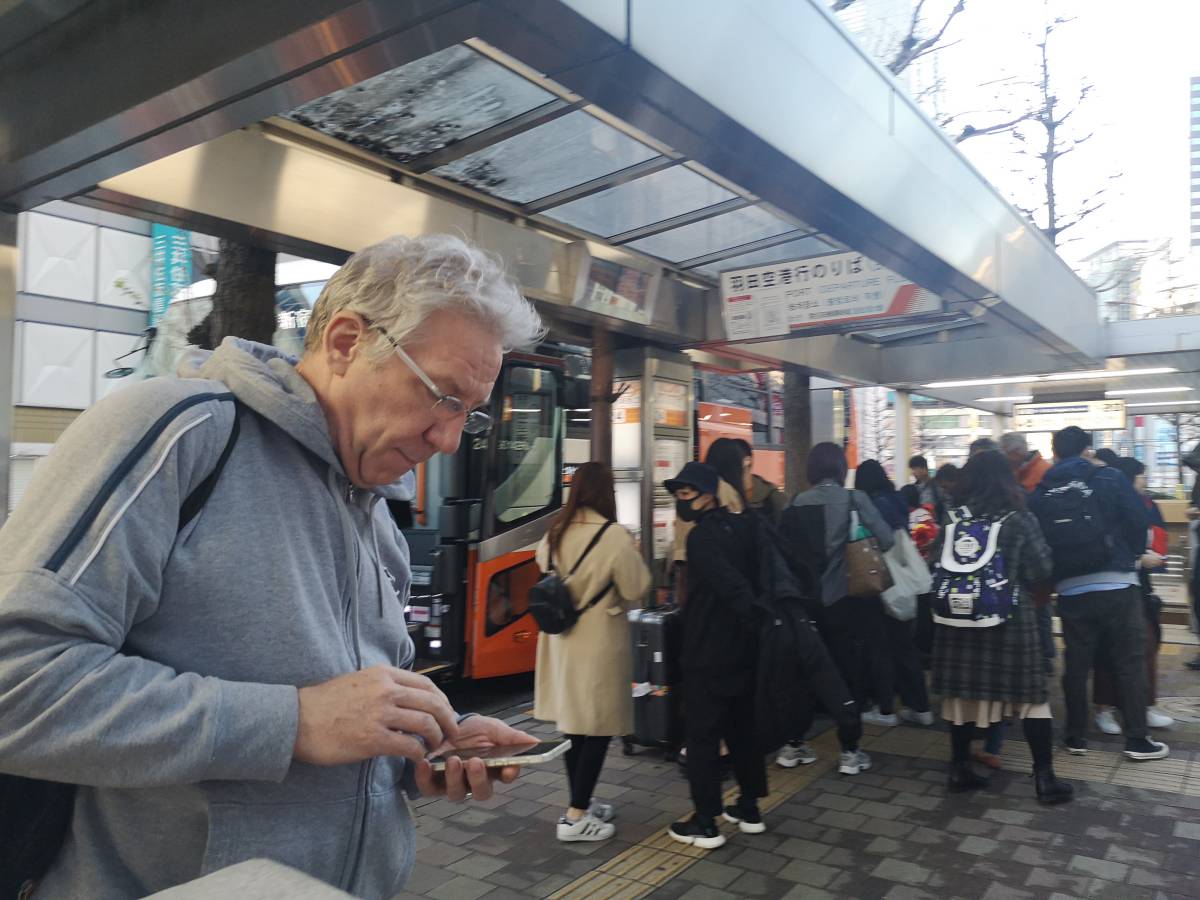
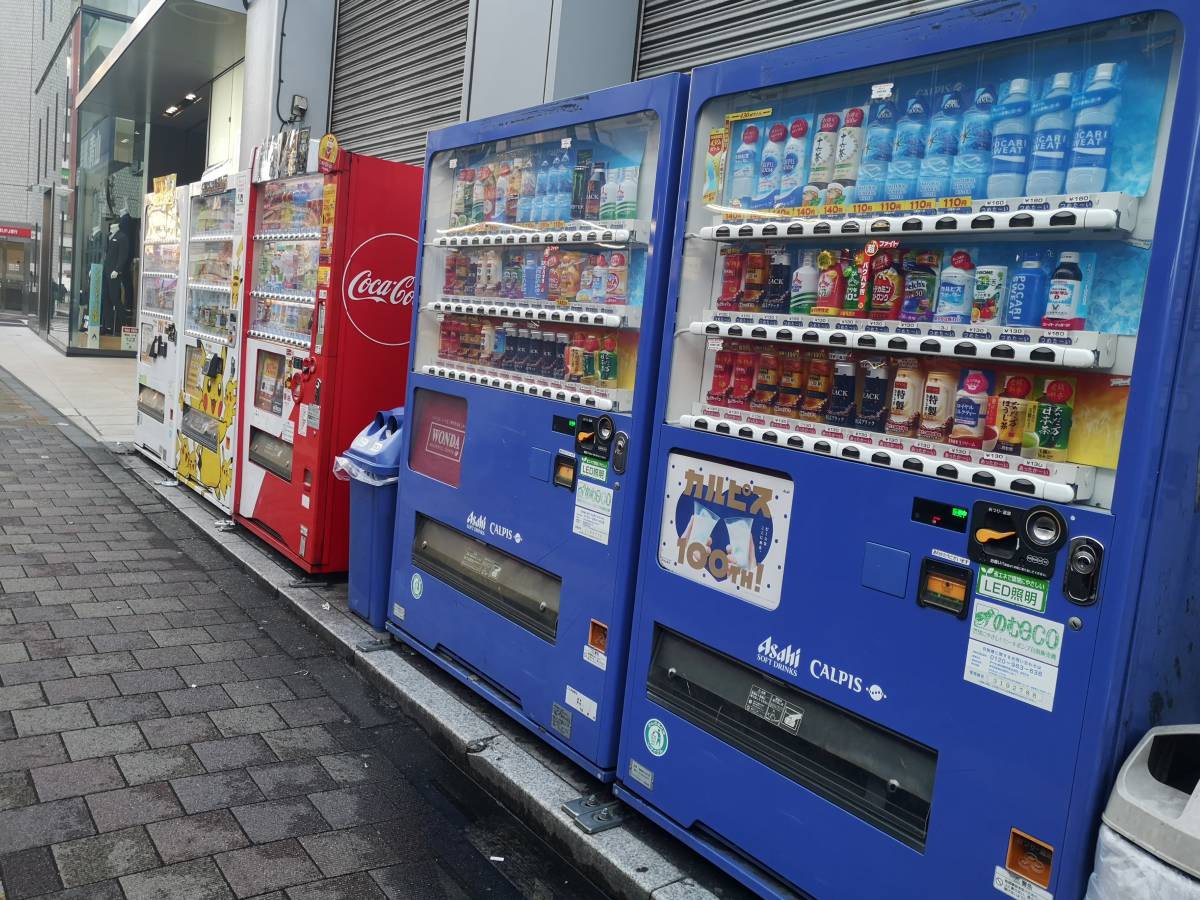
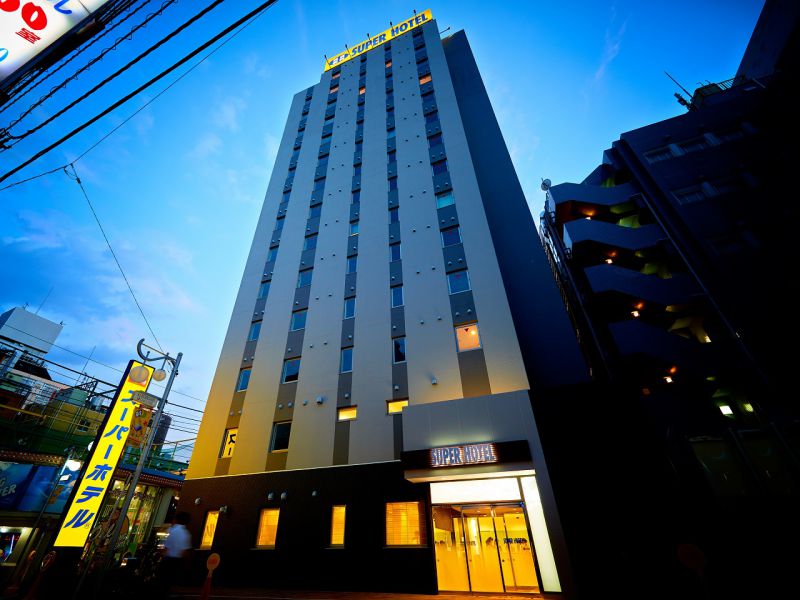
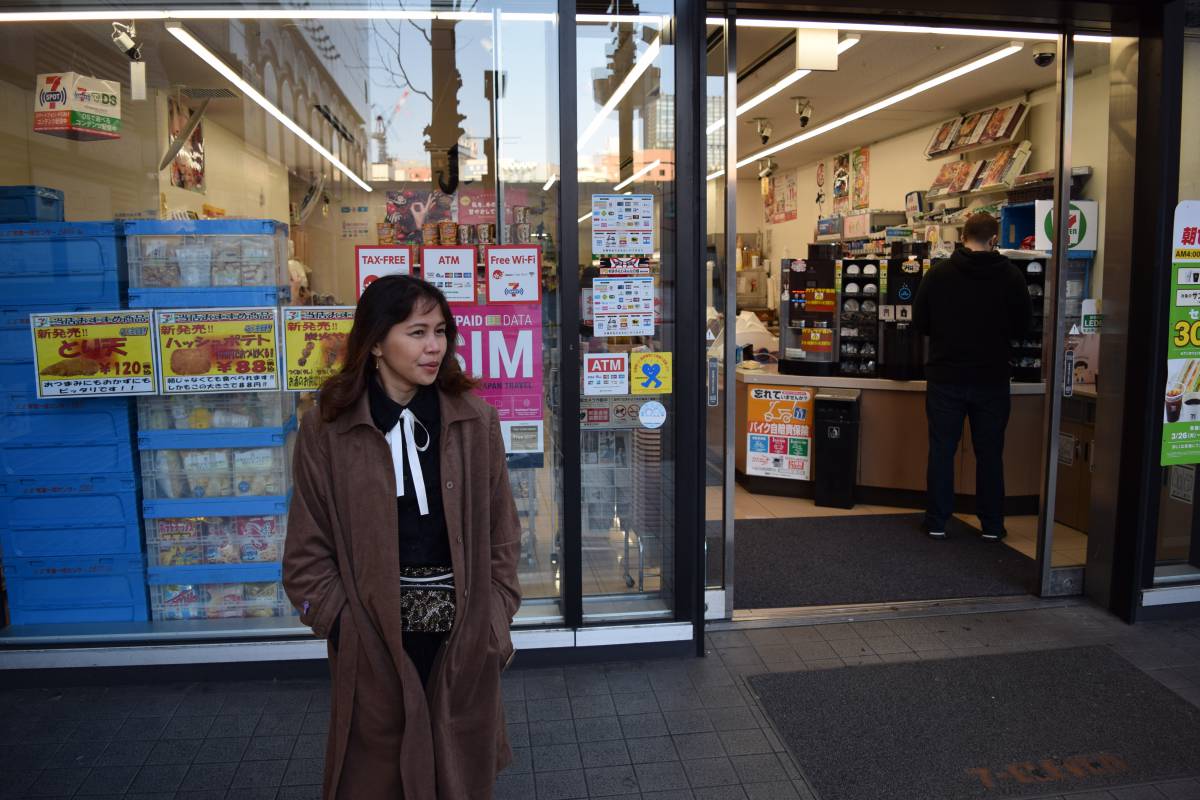 Most businesses are still closed. A quick coffee at 7/11
Most businesses are still closed. A quick coffee at 7/11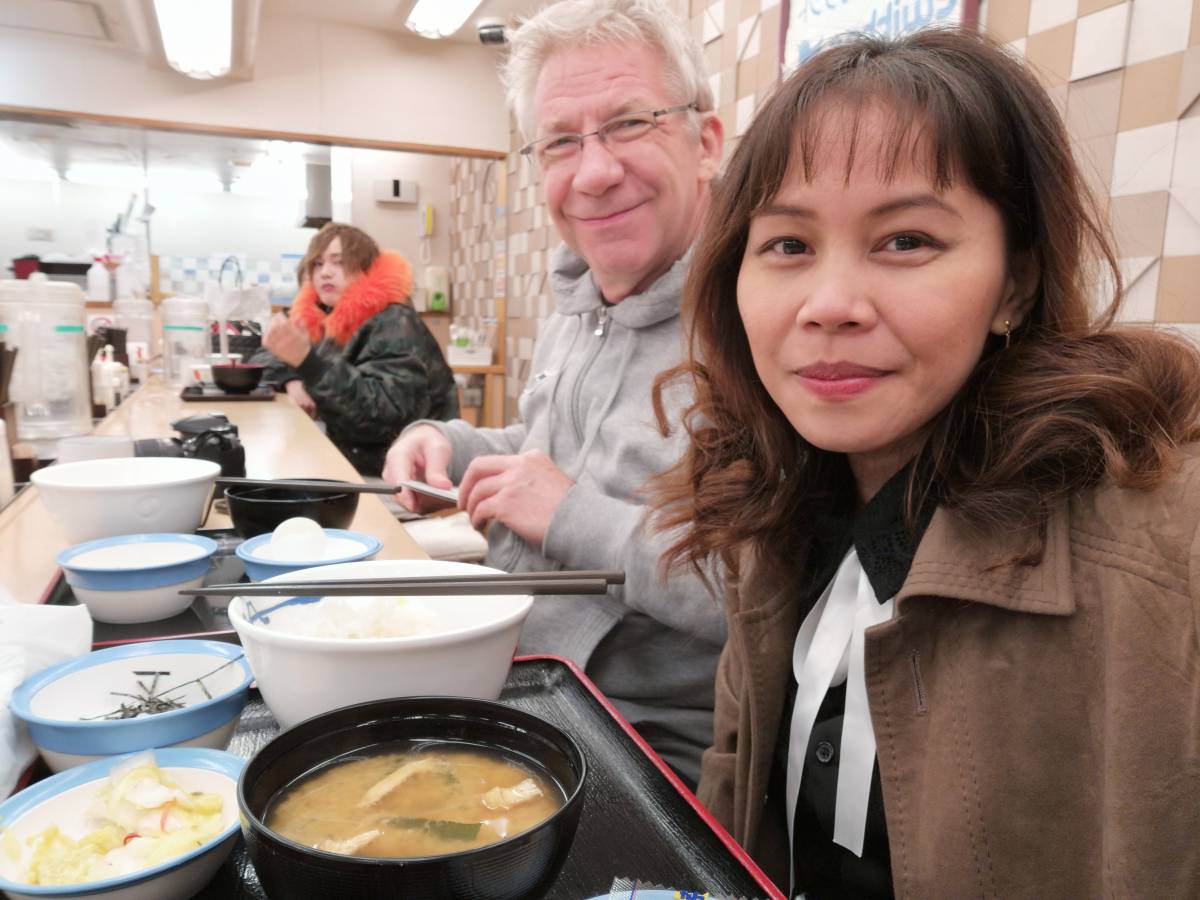 Breakfast Tokyo style; Order and pay at the machine at the entrance. Take a seat and wait till your order arrives.
Breakfast Tokyo style; Order and pay at the machine at the entrance. Take a seat and wait till your order arrives.First destination is Ueno Onshi Park
Built on a hill close to Ueno Station in Tokyo is Ueno Park. Founded in May 1876, Ueno Park is often considered the first public park in Japan, since then it has been developed as a center for celebrating culture and the arts. Consisting of multiple museums, the Ueno Park Zoo and multiple shrines and temples. Ueno has become not only a must visit spot in Tokyo but a cultural institution for the city. However, to fully understand the parks importance you must look back on the park’s vast history.
The area that is currently Ueno Park was originally part of the Kan’ei-ji Temple. Founded in 1625, the temple originally functioned as a prayer hall to protect the Ki-mon (“Demon’s Gate”) of Edo Castle, but later became the temple of the Tokugawa family. At its peak, the Kan’ei-ji Temple had over 68 buildings spread across 53,000 square meters. This changed during the battle of Ueno in 1868. During this battle, almost all the temple buildings were destroyed by fire. Soon afterward, the temple grounds were opened to the public for cherry blossom viewing, and the temple was registered as one of the first public parks in April 1873. The Ministry of Home Affair’s Museum Bureau started road improvement and other construction works in the park in January 1876. On May 9, 1876, in the presence of Emperor Meiji, a spectacular opening ceremony for the park was held.
Over time Ueno Park has continued to grow and is still often considered the epitome of culture in Tokyo. When I first visited the park, I was immediately taken back by just how large the park was. My favorite thing about the park is the culmination of Japanese culture that you can find in the park. Not only does the park honor the past through its shrines and temples spread out throughout the park, but at it also honors the culture of present day Japan through its multiple museums. Ueno Park a truly incredible place to visit.
Second destination is Tokyo SkyTree
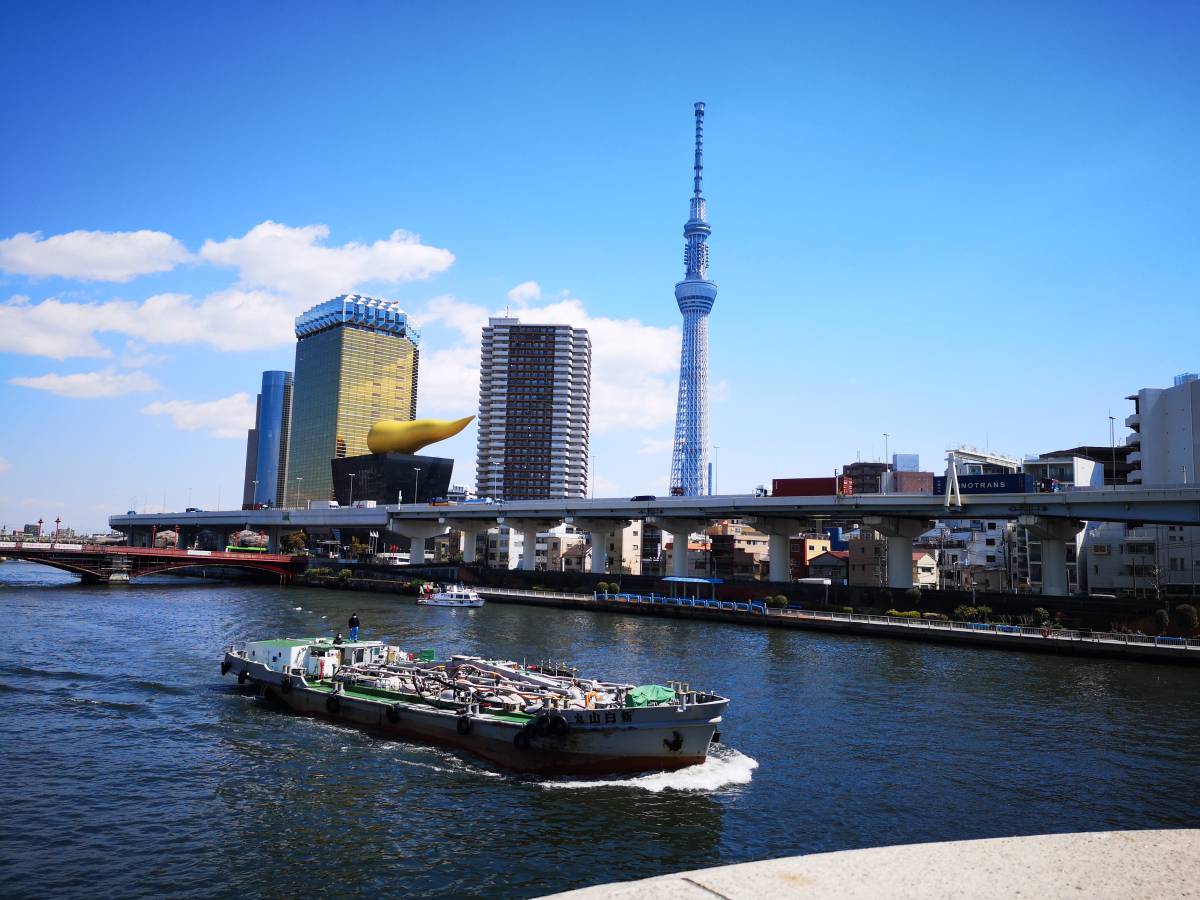
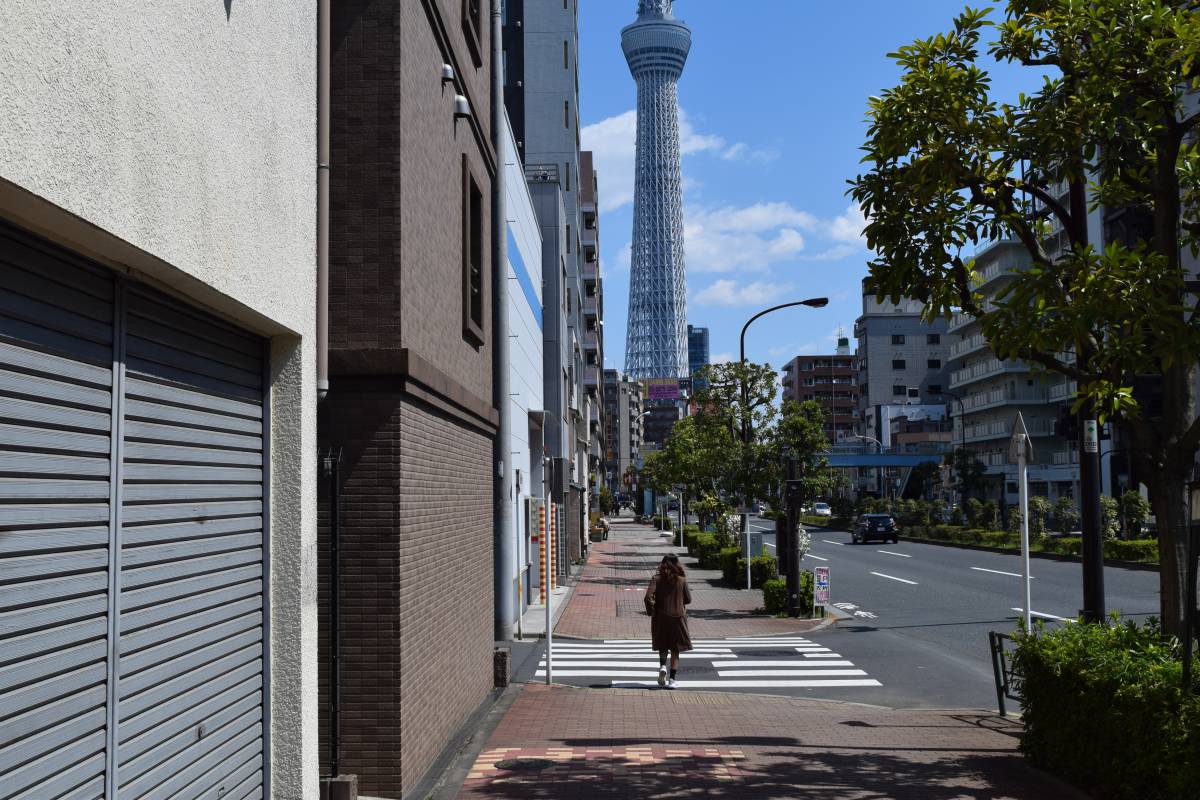
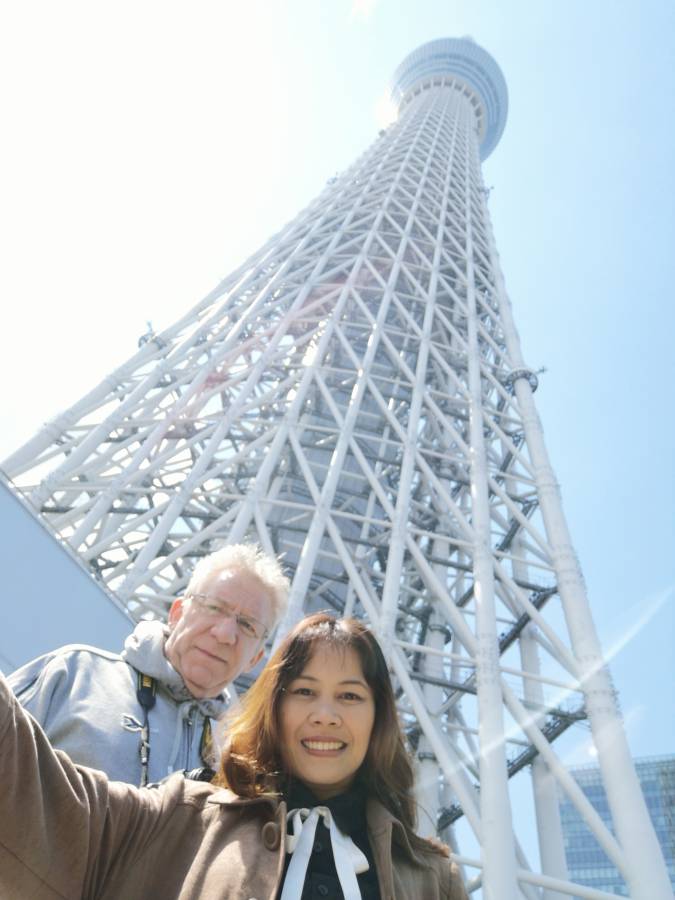
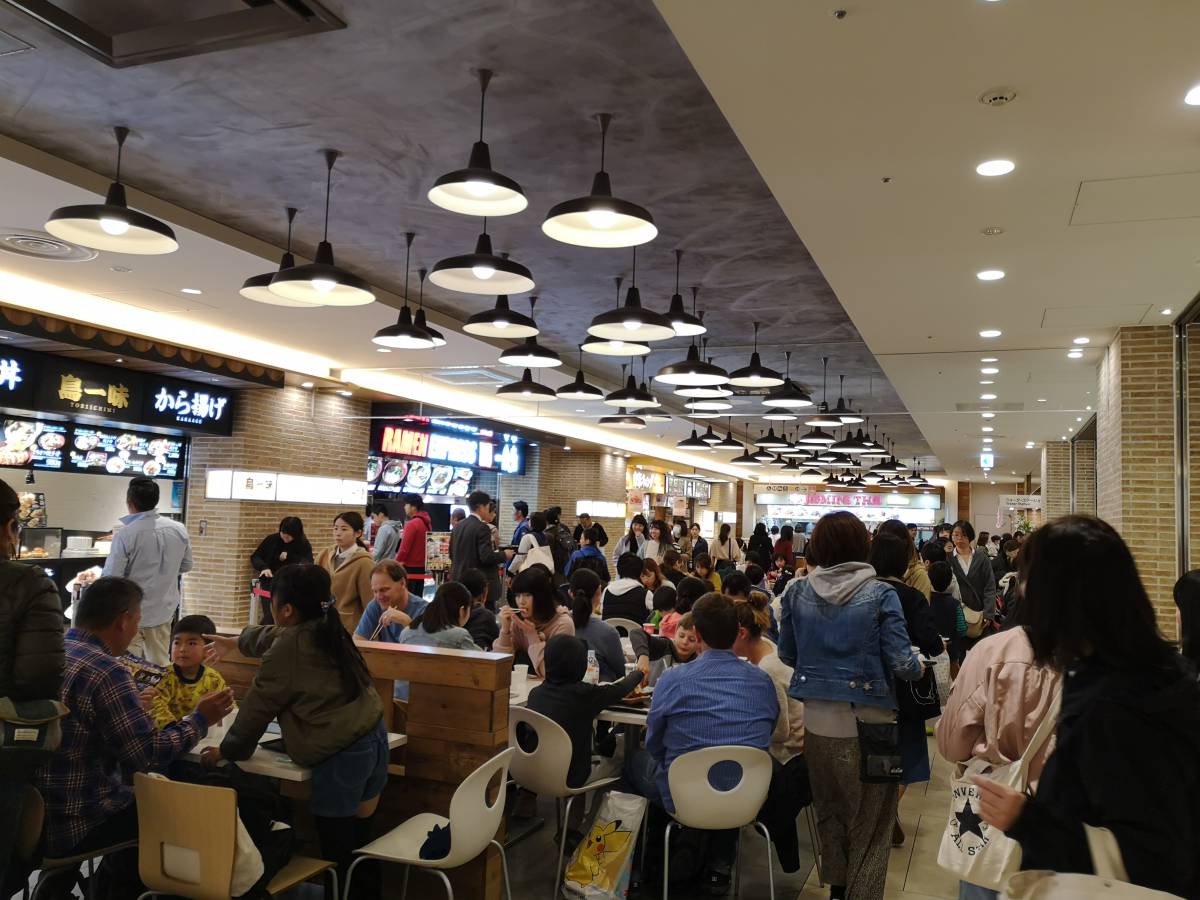
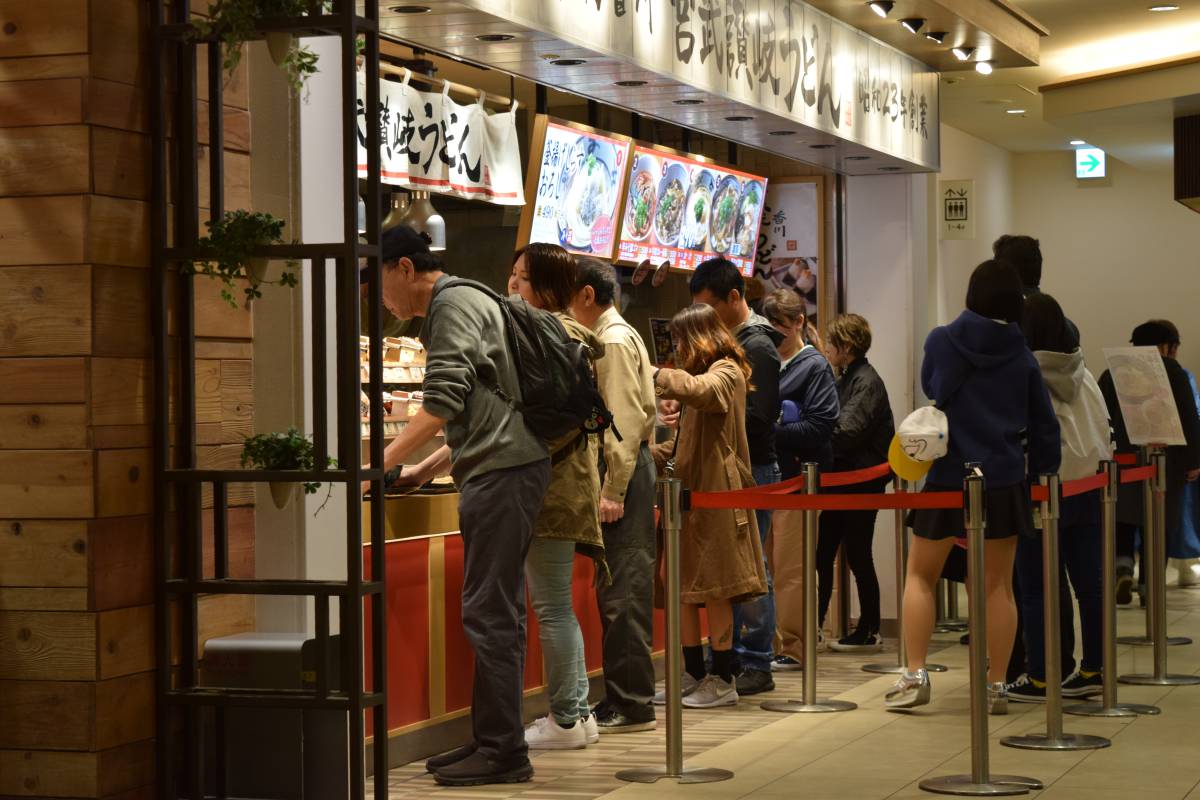 Self service. Que up and point what you want. Pay at the end of the line.
Self service. Que up and point what you want. Pay at the end of the line.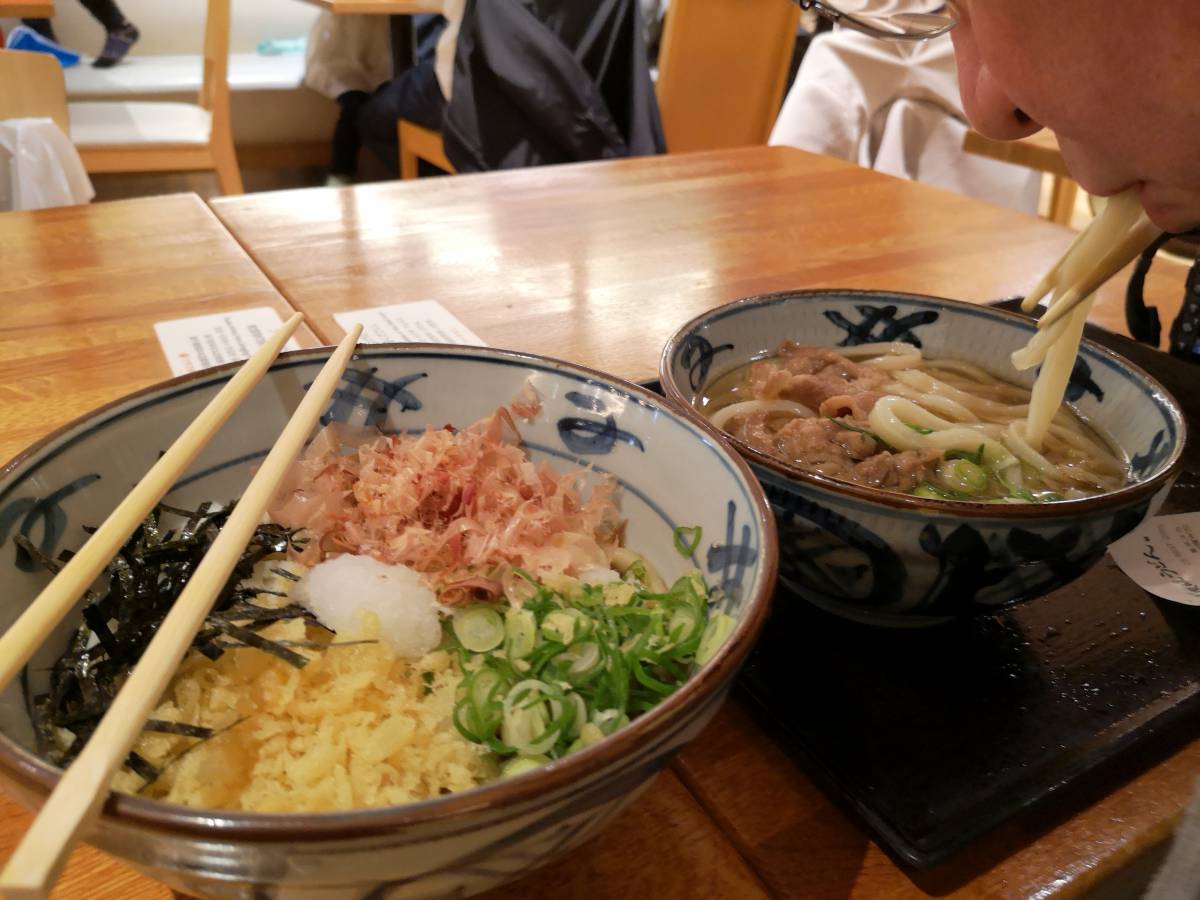 We are in Japan, Noodle country!
We are in Japan, Noodle country!Third destination is Akihabara, Taito City
Akihabara History
Akihabara was once known as Aioi, during the Edo period (1603-1868) and, as the area where mainly lower-class samurai lived, was known for regular fires and brawls.
A shrine to Akiba-daigongen, the Buddhist deity who supposedly guarded against fires, was set up in 1870. The district name Aioi was replaced in common parlance by the name of the shrine. The word 'hara,' or "plain," was altered, and the pronunciation somewhat corrupted to "Akihabara." When the area's first railway station was built in 1890, it was called Akihabara, thus cementing the change of name.
Akihabara has had numerous electrical appliance dealers even before the Pacific War. However, after the war it became a center for unregulated dealing in radio components. This evolved into legitimate business - not just in radio parts, but in all kinds of electrical appliances and devices. In the 1980s this came to include electronic goods. At around the same time, Akihabara also become known as a hangout for Tokyo's otaku (nerds) and the distinctive comic, anime and game-based culture they developed.
Fourth destination is Meiji Shrine Kaguraden
History of Meiji Shrine The first emperor of modern Japan, Emperor Meiji, was instrumental in opening Japan to the outside world. He became emperor in 1868, ushering in the Meiji Restoration that brought the rule of the Tokugawa government to an end. At the same time, the capital of Japan moved from Kyoto to Tokyo.
After the deaths of the emperor and empress, the Meiji Shrine was constructed to enshrine their souls. It was dedicated on November 1, 1920.
The shrine buildings burned down in 1945 during World War II, but were rebuilt by public donations. The spirits of the imperial couple were transferred to the new buildings in a ceremony on October 31, 1958.
Last destination is Shibuya Crossing
This video illustrates what happens
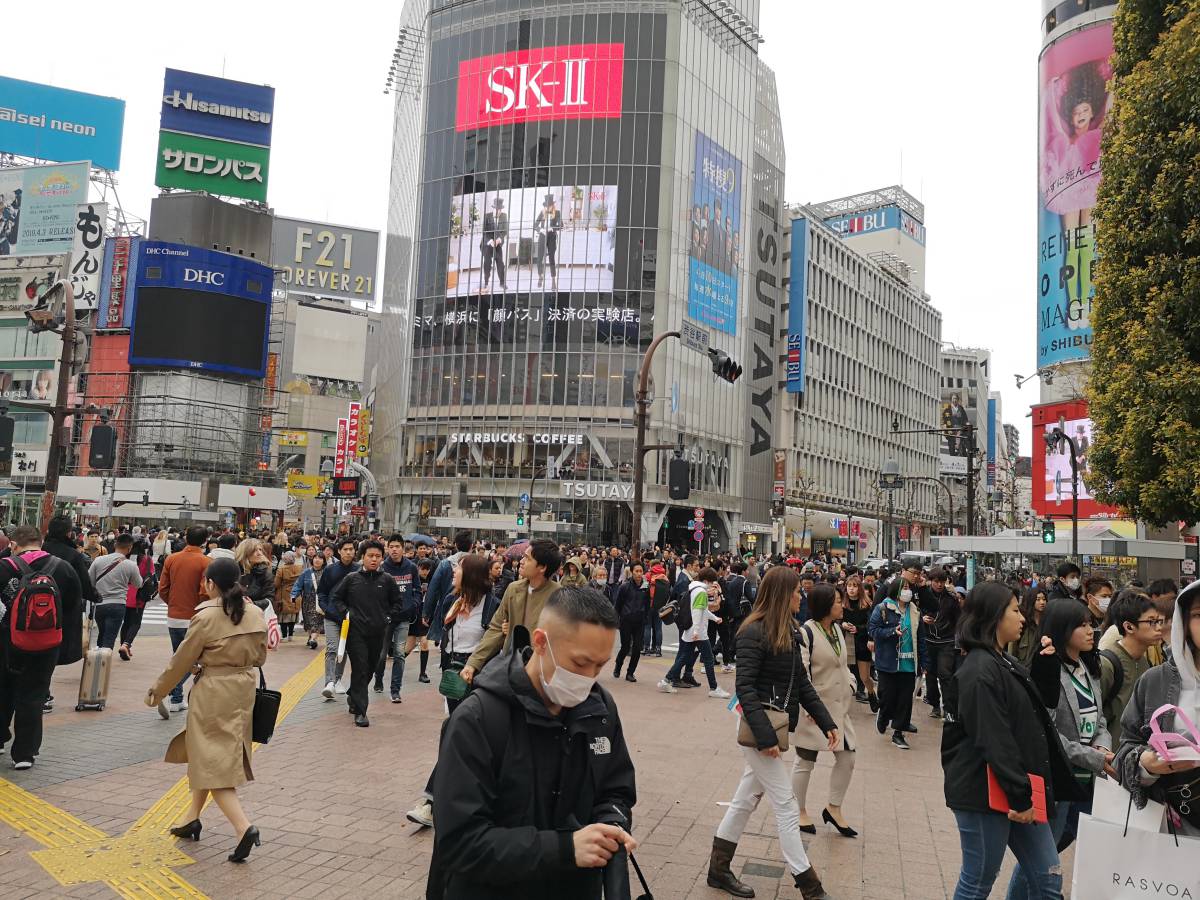
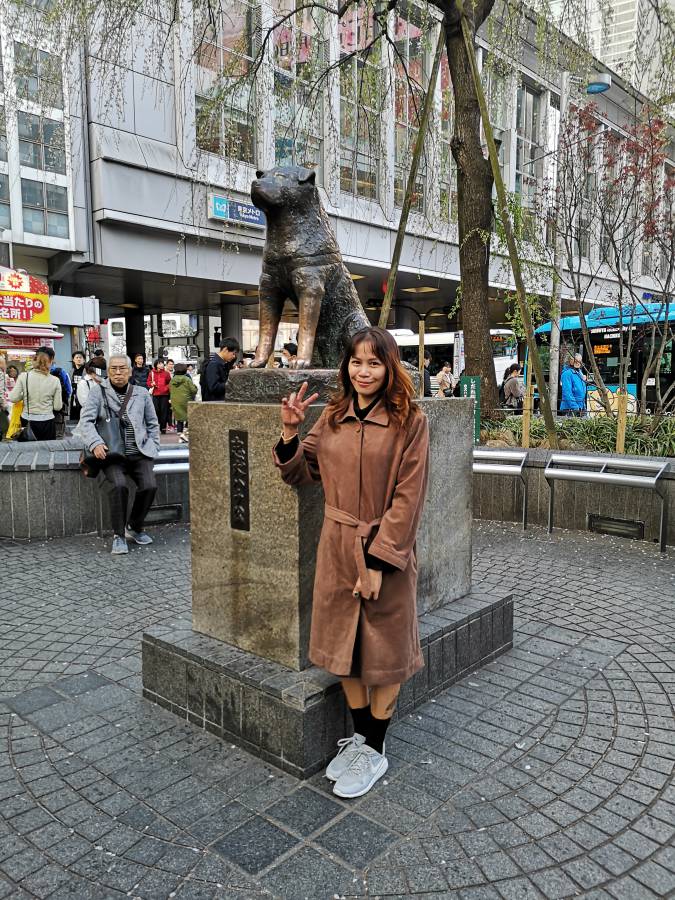
It is getting late. Time to head back to the Hotel. On the way we passed some remarkable shops and restaurant fronts. Milk Tea, Coffee and Tapioca + horses. "Chongno Cheese Hatdogu" (sounds familiar?) Stairways to foody heaven.
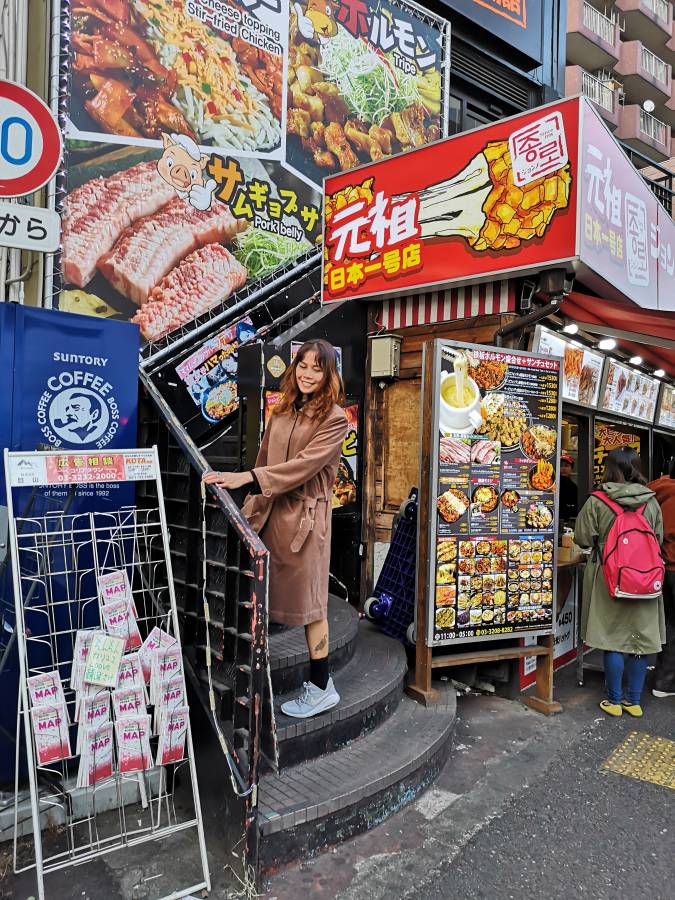 Stairway to foody heaven
Stairway to foody heaven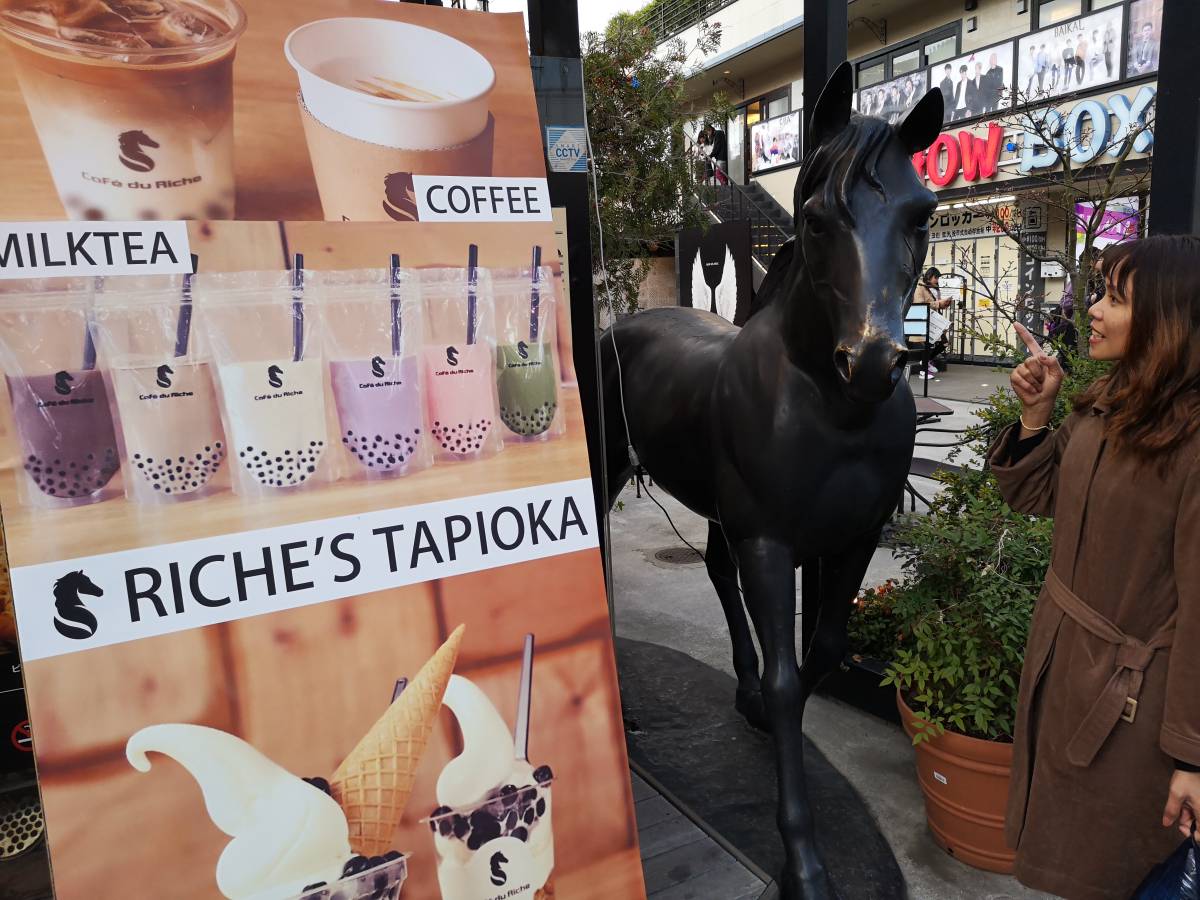
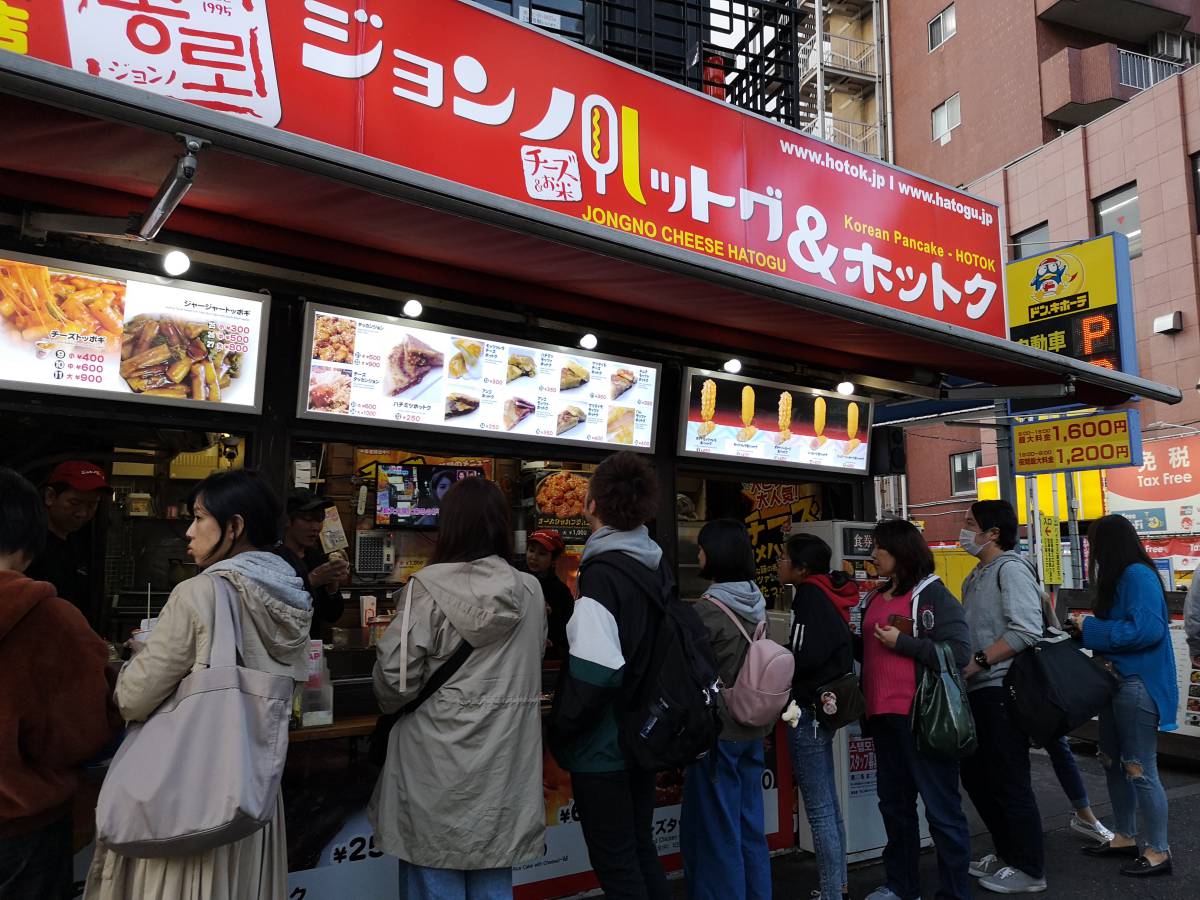 McDo competition:
McDo competition:Chongno Cheese Hatdogu (sounds familiar?)
Back in the hotel, we decide to have a take-away dinner in the room . Jas is the designated volunteer, looking in de neighborhood and find lots of Korean resto's and takeaways. It's a budget dinner in a budget hotel on a budget table.
Having done lots of mileage, it doesn't take long before we fall asleep.
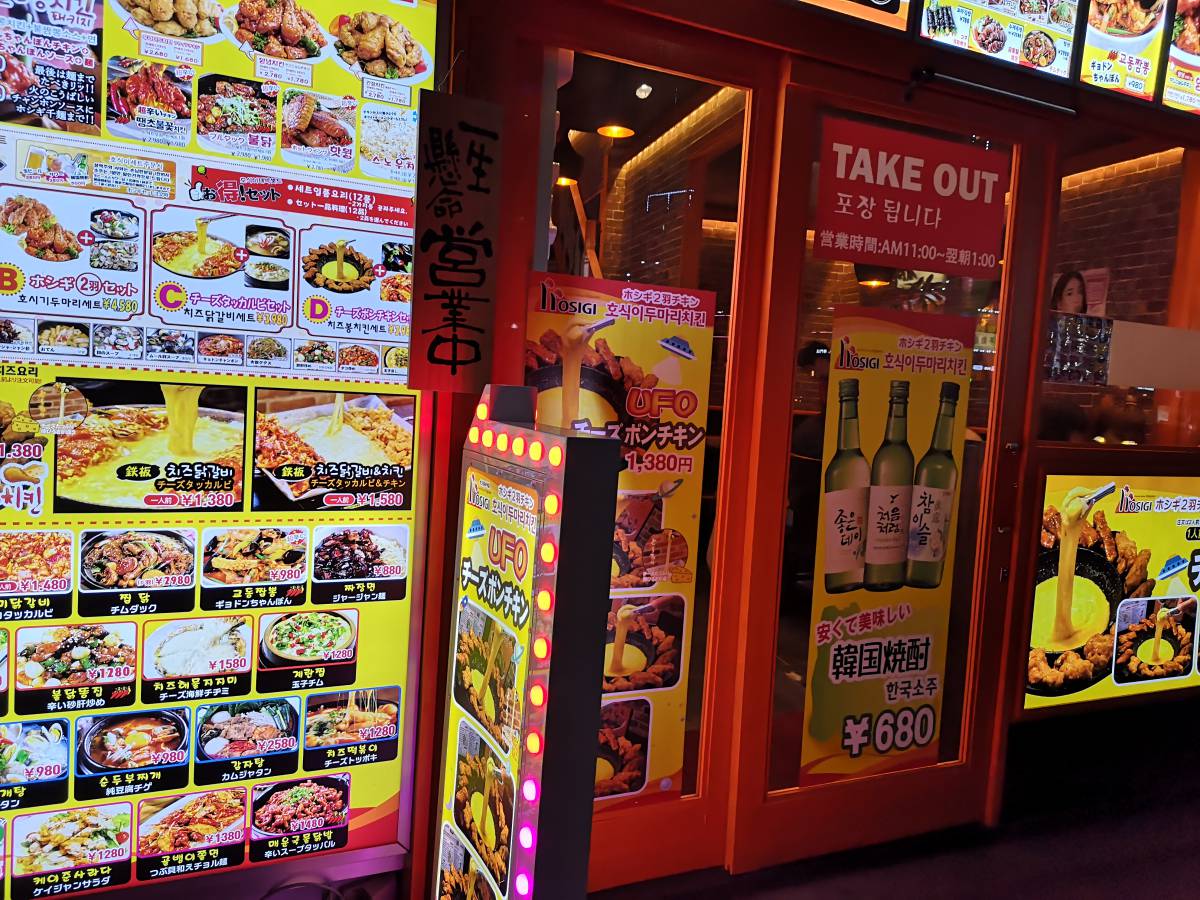 Korean takeaway
Korean takeaway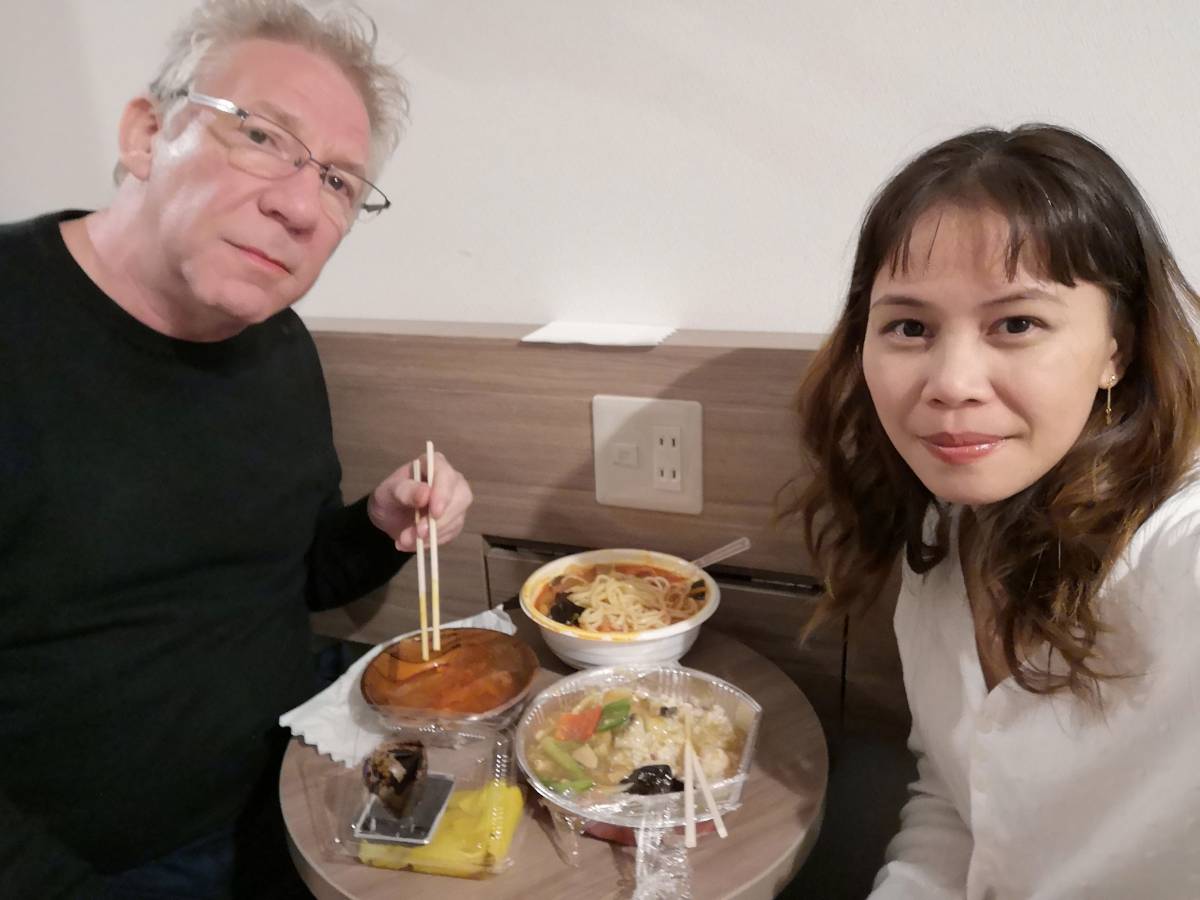 Budget dinner in a budget hotel on a budget table
Budget dinner in a budget hotel on a budget table














































Comments powered by CComment